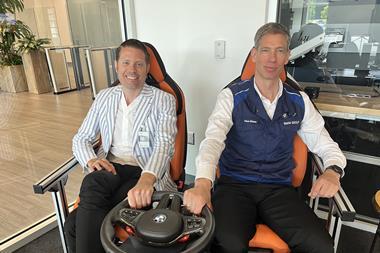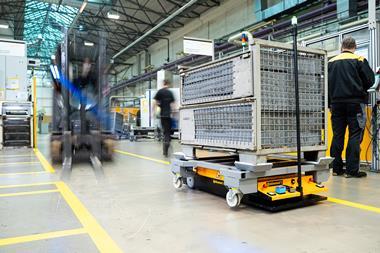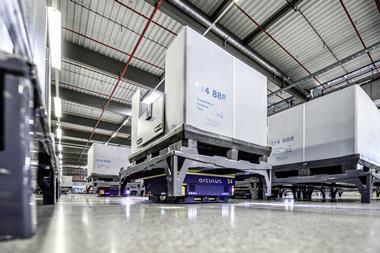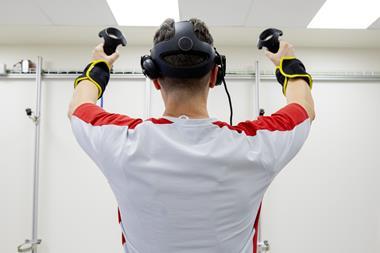BMW rides the path of logistics automation
By Christopher Ludwig2023-08-21T17:45:00
BMW is expanding physical logistics at Spartanburg ahead of EV production, whilst implementing more digital and autonomous technology.
The variety of parts and packaging across BMW’s physical logistics requires a lot of manual handling. However, BMW has consistently invested in digitalising operations in Spartanburg. That has included rolling out a BMW warehouse management system, integrating SAP and other systems to support parts handling and accuracy. In logistics centres, associates wear scanner gloves to validate parts and containers. Inventory is managed across high bay racking, supported by hydrogen-fuelled forklift equipment. There is also automation across lifting and sorting small parts and full pallets.
Over the coming months, there will be a significant increase in the use of autonomous logistics systems.

























![Global[1]](https://d3n5uof8vony13.cloudfront.net/Pictures/web/a/d/s/global1_726550.svgz)














